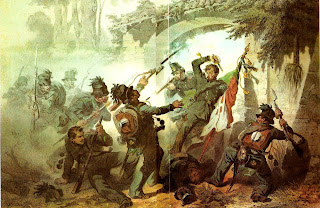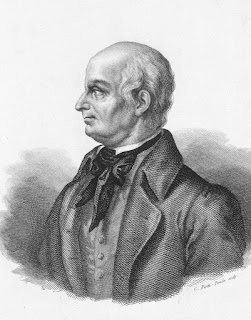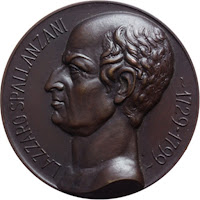Noblewoman who sacrificed her life for the principle of liberty
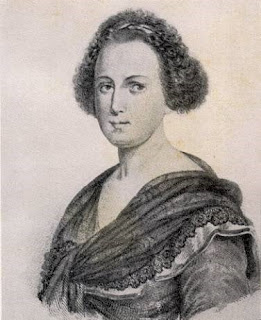 |
| Eleonora Fonseca Partinel was inspired by the French Revolution to join the Jacobins |
A writer and leader of the movement that established the
Parthenopean Republic in Naples, Eleonora Fonseca Pimentel was hanged on this
day in 1799 in a public square near the port.
A noblewoman, she would have expected her execution to be
carried out by beheading, but had given up her title of marchioness when she
became involved with the Jacobins, founded by supporters of the French Revolution, who were working to overthrow the monarchy.
Pimentel had asked to be beheaded anyway, but the restored
Bourbon monarchy showed her no mercy, reputedly because she had written
pamphlets denouncing Queen Maria Carolina as a lesbian.
On the day of her execution, Pimentel was reputed to have
stepped calmly up to the gallows, quoting Virgil by saying: ‘Perhaps one day
this will be worth remembering.’ She was 47 years of age.
Pimentel was born in Rome in 1752 into a noble Portuguese
family. As a child she wrote poetry, read Latin and Greek and learnt to speak
several languages.
Her family had to move to Naples because of political
difficulties between Portugal and the Papal States, of which Rome was the
capital.
 |
| A plaque marks the birthplace of Pimentel in Campo Marzio in Rome |
As an adult, Pimentel became part of literary circles in
Naples and exchanged letters with other literary figures.
She had a long correspondence with Pietro Metastasio, the Italian
court poet in Vienna, who was a prominent librettist at the time, and Voltaire,
the French writer, who was an outspoken advocate for civil liberties.
Pimentel married a lieutenant in the Neapolitan army and
gave birth to a son, Francesco, who died at the age of eight months. She had no
other children as she suffered two subsequent miscarriages, following alleged
mistreatment by her husband, and eventually the couple separated.
In the 1790s Pimentel became involved in the Jacobin
movement in Naples, which was working to overthrow the monarchy and establish a
republic. She was one of the leaders of the revolution that installed the
Pathenopean Republic in the city in January 1799, which was proclaimed from the
Certosa di San Martino, citing liberty and equality for all along the lines of the French model.
Pimentel was the director of Monitore Napoletano, the
republic’s newspaper, for which she wrote most of the content. She also
translated books and articles into the Neapolitan dialect to try to win popular
support. When the republic was overthrown, after just five months, she was
arrested on the orders of the restored Bourbon monarchy and sentenced to death.
 |
| The Certosa di San Martino occupies a commanding position on too of the Vomero hill |
Travel tip:
The Certosa di San Martino in Naples, from which the
short-lived republic was proclaimed, is a former monastery complex that is now
a museum. It is one of the most visible landmarks of the city, perched high on
the Vomero hill overlooking the bay. Today the museum houses paintings,
porcelain, jewellery, Neapolitan costumes, and old presepi, nativity scenes
made in the city.
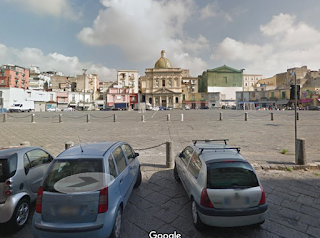 |
| The Piazza Mercato is an open space not far from the main port of Naples between Corso Umberto I and the waterfront |
Travel tip:
Piazza Mercato, where Pimentel and her fellow revolutionaries
were executed, is in the heart of Naples not far from the port. Overlooked by
the church of Santa Maria del Carmine, it had been the setting for many other
historic events in the city, including the beheading in 1268 of Corradino, a
16-year-old King of Naples.


